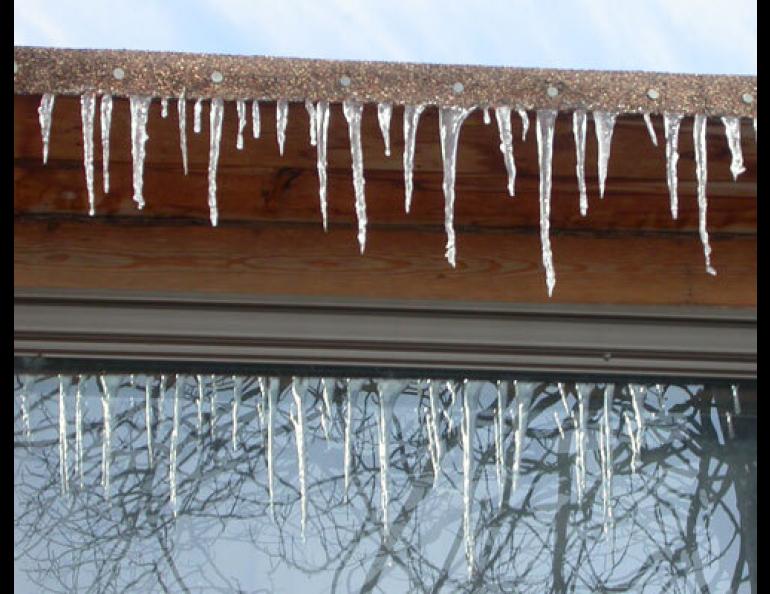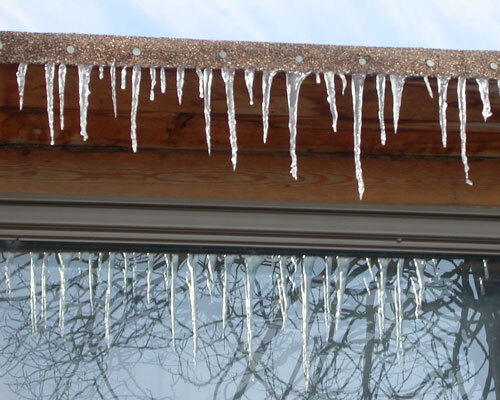
Northern life endures a midwinter's thaw
Alaskans have seen wacky weather extremes in the first month of 2009, from an enduring cold spell to a chinook wind a few days later that splashed much of the state with warm air. If that change was a shock to humans, what were the effects on other life forms in the North?
Before exploring that question, here are a few examples of the seesaw weather. In the Interior, the National Weather Service cooperative station thermometer at KJNP radio station in North Pole registered a low of minus 58 degrees Fahrenheit on Jan. 3, according to Rick Thoman of the NWS in Fairbanks. On Jan. 16, the same thermometer read plus 55 degrees.
In Anchorage, temperatures varied from minus 31 degrees Fahrenheit at Campbell Creek Science Center Jan. 7 to plus 52 degrees at Merrill Field Jan. 16. Chinook winds that topped 100 mph in some areas also ate a good portion of snow in the Anchorage Bowl, according to John Papineau of the Anchorage office of the NWS. The snowpack at his office on Sand Lake Road was 18 inches deep at the time of the cold snap. It shrunk to four inches after the chinook blew through.
While these extremes forced us to adapt to slippery roads and find our rain jackets, other northern life forms quietly endured the midwinter thaw.
With thick hides that enable them to stay warm without moving during the coldest temperatures, moose might seem to be vulnerable to a winter warmup. Moose do seem to seek out shady places during the warmer days of March, said Craig Gardner, a biologist with the Alaska Department of Fish and Game in Fairbanks. But a few days of above-freezing temperatures in midwinter probably will not faze a moose.
“(The warm-up) was so fast and short-term, in the big picture it probably didn’t effect them too much,” he said. “They could just pile into the trees and try to stay cool.”
In areas where the warm wind was a real snow-eater, leaving the ground bare, red-backed voles lost their network of tunnels under the snow where they live, eat, and sometimes even breed in midwinter when times are good.
“It can be 10-to-15 degrees warmer under the snowpack,” said Ian van Tets, a biology professor at the University of Alaska Anchorage. “For a little furry animal those 10-to-15 degrees can make a big difference.
“I think this is going to be a bad winter for voles and lemmings,” he said. “There’s probably going to be a lot of die-off.”
Some northern plants also require snow, said University of Alaska Fairbanks’ Pat Holloway.
“If they lose snow, a lot of plants could be in big trouble if we get another deep freeze,” Holloway, an authority on northern plants, said. “Without that insulation, a lot of things would die. Things like peonies won’t stand up to that cold air, and even a lot of native plants aren’t super hardy. If they were exposed to cold air without snow cover, they’d be subject to dehydration.”
Chickadees that puffed up their feathers to stay warm in the cold probably got a nice break with the warmer air, said Susan Sharbaugh, senior scientist at the Alaska Bird Observatory. Instead of devoting the entire daylight period to stuffing themselves, Alaska’s smallest winter songbirds might have been able to do other things.
“It gives them a little free time in their day,” she said. “They can meet their energetic needs easier. They might even start caching extra food if they depleted their close-by caches in the colder temperatures.”




